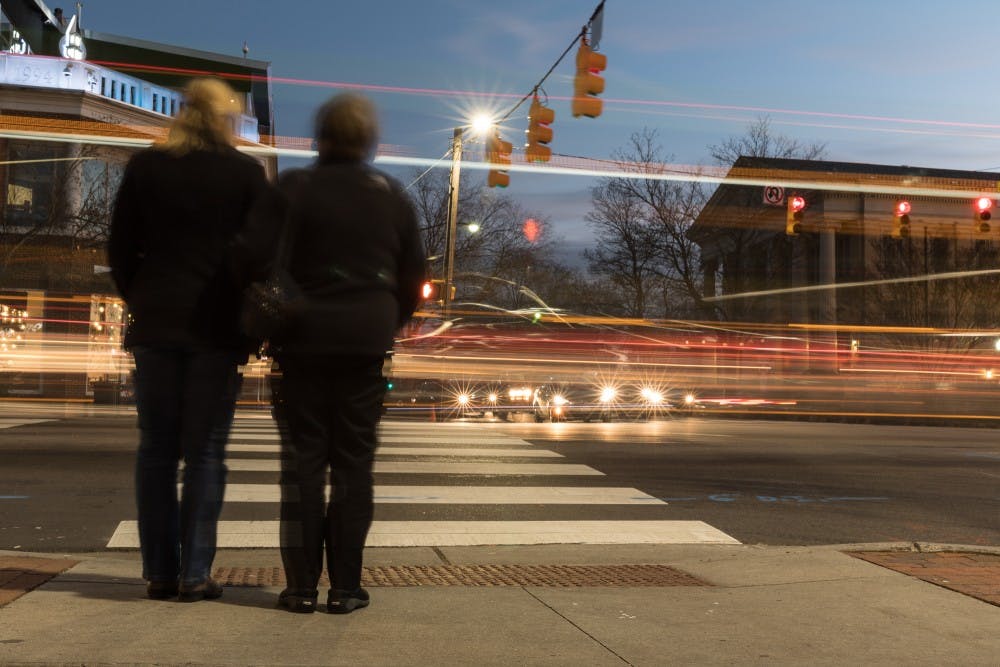The Town of Chapel Hill is trying to figure out what it wants to look like in 2049, but the first hurdle is figuring out a map for 2020.
The Chapel Hill Town Council initiated the Charting Our Future project in April 2017 to refine the Future Land Use Map and rewrite the Town’s Land Use Management Ordinance. At the Council's meeting on Jan. 9, Alisa Rogers, project manager for the Land Use Management Ordinance, presented the most recent updates.
Rogers reviewed the development of Charting Our Future from its inception.
“About this time last year, the Town hired a consultant, and then we set about designing a process to engage the community and to refine the Future Land Use Map," Rogers said. "We held our two community meetings in May and June. Then we had the online preference survey from August through October.”
The first phase of the project will retool the Future Land Use Map (FLUM), which should be completed by the end of 2019. This phase will generate a map that incorporates current land use, gives direction as land use decisions are considered and also reflects the Town’s strategic goals.
These goals include creating a connected and safe community, economic and financial stability, affordable housing, promoting environmental stewardship and forming an inclusive community.
The second phase will rewrite the Town’s Land Use Management Ordinance (LUMO).
Rogers said the council spent the first part of the meeting on Jan. 9 reviewing the data from the online survey containing resident's land use preferences.
In the survey, two scenarios were given for each of the six focus areas in Chapel Hill. The more dense or intense option of land use produced more polarizing results among participants.



